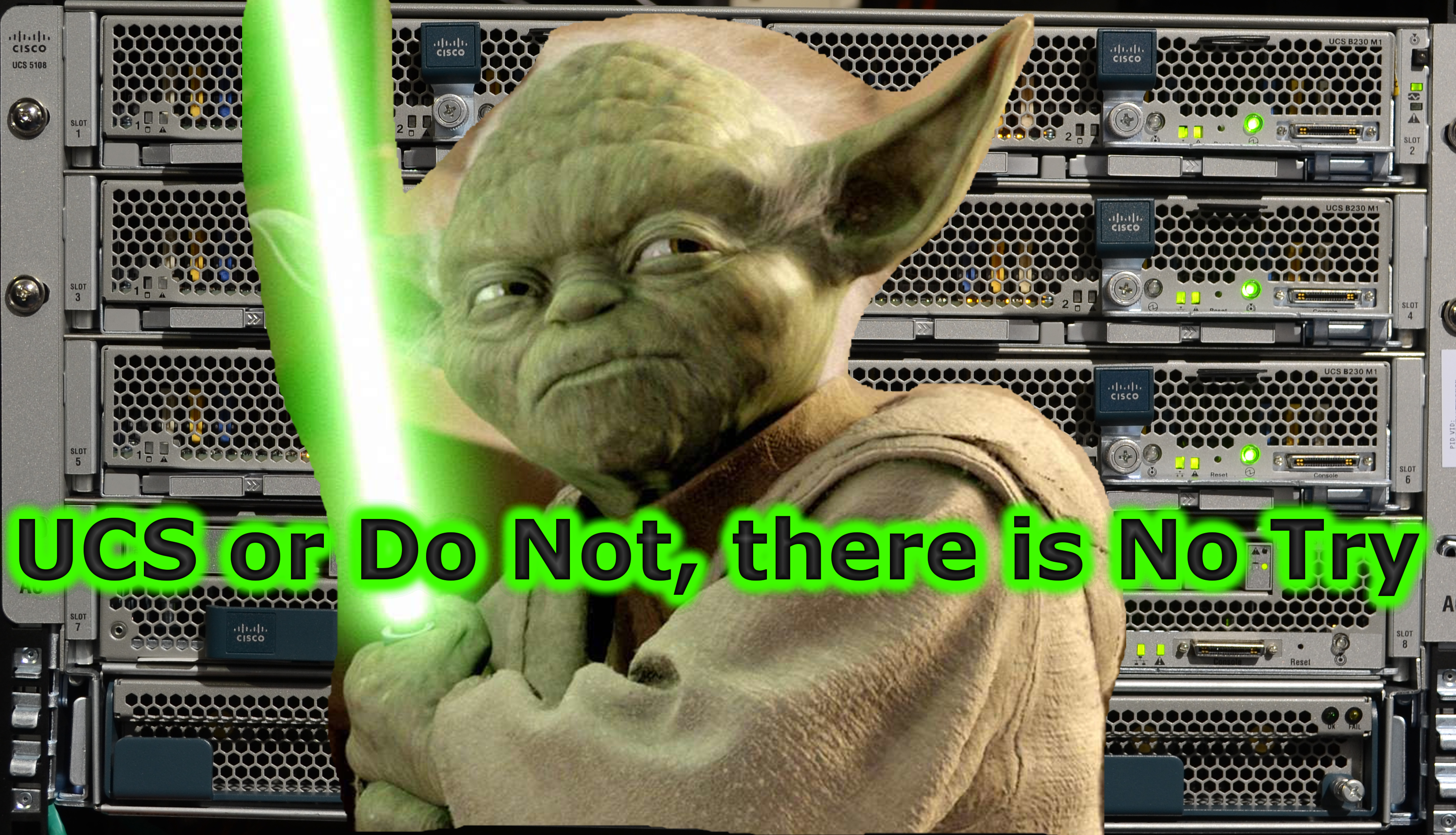Great post regarding the abilities or lack of abilities for VLAN creation in disjoint L2 domains. While I cannot speak to the architectural decisions for not including L2 disjoint configs in UCS Central, I can provide an alternative method that meets this need, and provides a little extra mojo.
UCS Director has built in tasks that account for L2 Disjoint creation as well as multi-domain configuration. Here is an example workflow in UCS-D that outlines a VLAN addition to a datacenter:
As you can see the 3rd step in the workflow creates a VLAN on multiple UCS domains. When I drill into this task you can see that there are several options.
First I select which UCS domain I will add the new VLAN.
Next I select which vNIC’s on the respective UCS domains to apply the new VLAN. Additionally I can select to add this as native or non-native.
Finally I get to apply the VLAN to a VLAN Group, effectively setting my L2 Disjoint uplink membership.
In addition to this VLAN creation task I have other tasks that address the remaining equipment in the datacenter. First I am Creating the VLAN on my uplink switches, resolving the issue of the VLAN being present on the UCS trunk:
After that I am adding the new VLAN as a Port Group on my ESXi hosts. In this example I am using a standard vSwitch, but I could easily do the same on a vDS.
The real trick with UCS-D is deciding which options will be provided by the user of the workflow and which ones will be hard coded into the workflow. In my datacenter I trust the user to provide the VLAN name and number, but I don’t expect them to know the L2 Disjoint assignment, vNIC membership, or appropriate vSwitch. I can present them with two different workflows, one for each L2 uplink, then only ask them what I trust them to provide and hardcode the rest of the values.
The user logs into the self service portal and based on their account membership they have two workflows available for VLAN creation.
When either workflow is executed they are asked to provide VLAN ID and Name.
In the background the “Inside” VLAN is added to the correct VLAN Group in UCS Manager for each domain:
The same applies to the “Outside” configuration.
The end result is a VLAN that is configured uniformly on the network, UCS, and virtual environment…and applied to the correct L2 Disjoint uplink on UCS.
While this is not the same as including the feature in UCS Central, I think it provides the additional features of applying a uniform application to all of the equipment within the datacenter.
Thanks for taking a look. If you have other configuration or automation challenges leave a comment and I will post a workflow that can make it happen.
Jeff Drury
jefdrury@cisco.com
Disclaimer – I am an employee of Cisco and I think UCS Director rocks.










Be First to Comment